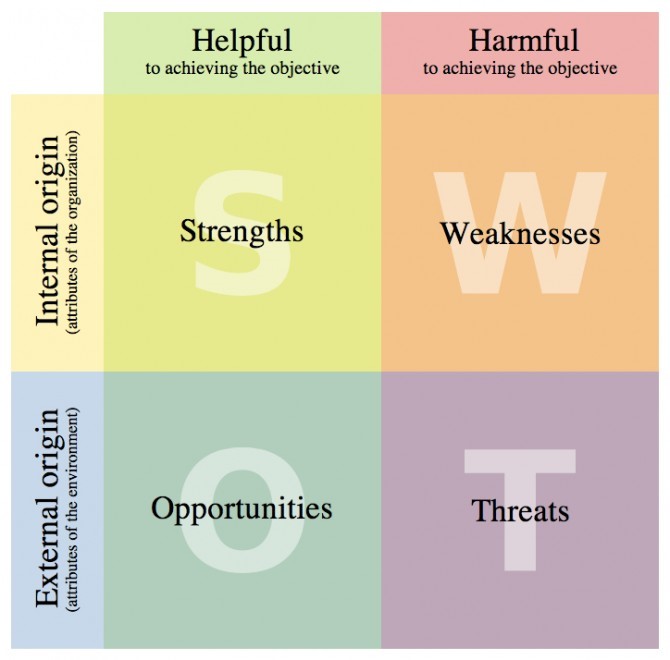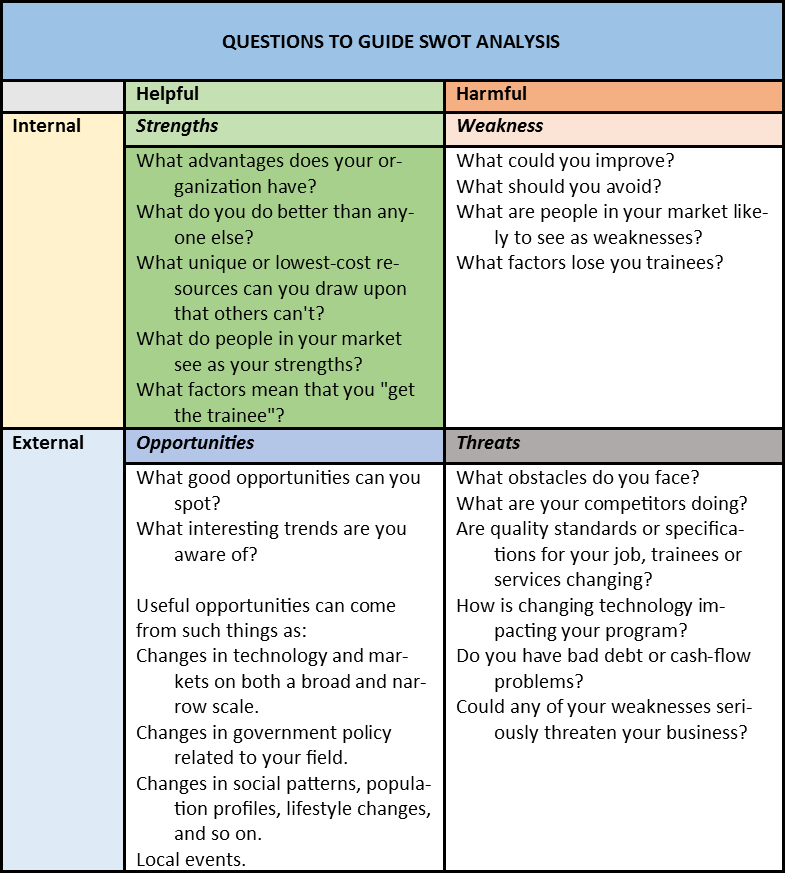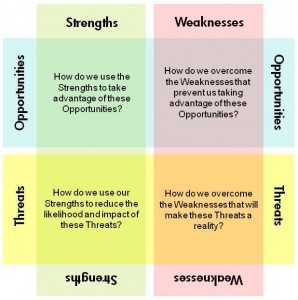Mid-winter is a time of end-of-season rivalries and celebrations (or not!), analysis and reflection, planning and implementation.
This past weekend, the 51st Super Bowl had a nail-biting, historic overtime win, complete with a half-time sky diving diva, heroic vindication, familial dedication, awkward award moments, and a stolen jersey. The Patriot’s 4th quarter come-from-behind victory is emblematic of careful preparation, taking stock of current circumstances and making immediate decisions that fueled success. The game was an action-packed illustration of incredible team work. There were 4th quarter adjustments, lightning fast calculations, capitalized opportunities and leveraged assets resulting in deft pivots, touchdowns, and the winning score.
The common theme here is the importance of rigorous preparation prior to nimble, targeted response. That preparation includes conducting an internal evaluation, considering the findings, executing a plan. Now, how does this link to the need for a training program to conduct an internal self study followed by external validation of its findings, then executing on a plan?
An internal self study is usually a deliberative process that extends over a period of weeks, if not months. In competitive team sports, the preseason practice and the season-long experience contribute to the action-packed final game. Similarly, training programs have data from the previous year(s) to consider prior to beginning the next year’s program. This internal evaluation, or self study, drives planning for the coming year. The goal is delivery of a robust training program that is aligned with the mission while being nimble and responsive to the immediate and future needs of the trainees, the community, and society.
In accreditation review, there is a two-step evaluation process. The first step is the self study, the internal evaluation. The second step is external validation of the self study findings by peers. The self study process begins by exploring the strategic direction of the program, making sure that it is in alignment with its mission, vision, and objectives; that graduates are receiving meaningful experiences that prepare them to formally enter the workforce with confidence and well-honed clinical and leadership skill sets.
A vital task when conducting a self study is exploring the program’s strategic direction. A very useful technique is the SWOT analysis. SWOT stands for: (internal) Strengths and Weaknesses; (external) Opportunities and Threats. Conducting a rigorous, fact-based, painfully honest SWOT analysis provides a solid basis for planning, for delivering a program that builds on success and is prepared to address challenges.
Free Management ebooks has an excellent chapter that provides an in-depth description of the SWOT analysis process. It is summarized in their table below.

The following table, Questions to Guide SWOT Analysis, offers questions to consider in conducting a fact-based SWOT analysis (adapted from Mindtools.com.)

The final step in the SWOT analysis is figuring out what to do with your findings. In the table below are questions that guide this final step – drawing conclusions from your data that are relevant for the success of your program. It is important to remember that a SWOT analysis is a dynamic process that changes over time. You will want to revisit it regularly.

Thoughtful consideration and prioritizing the strengths and weaknesses, opportunities and threats provides a solid platform for program planning. With a robust foundation, your program can be nimble and responsive to changing demands while offering your trainees carefully considered preparation for a rewarding career as first-rate clinicians and leaders. SWOT results give you strategic guidance as you conduct your self study. Knowing where you are going allows programs to be prepared to take advantage of, and to create, opportunities.
Wrapping up, the Roman philosopher Seneca is credited with saying: “Luck is what happens when preparation meets opportunity.” Be ready and luck will follow.
Next time we will explore how documenting your self study process is preparation for the accreditation site visit.
Until then, in peace and health,
Candice

